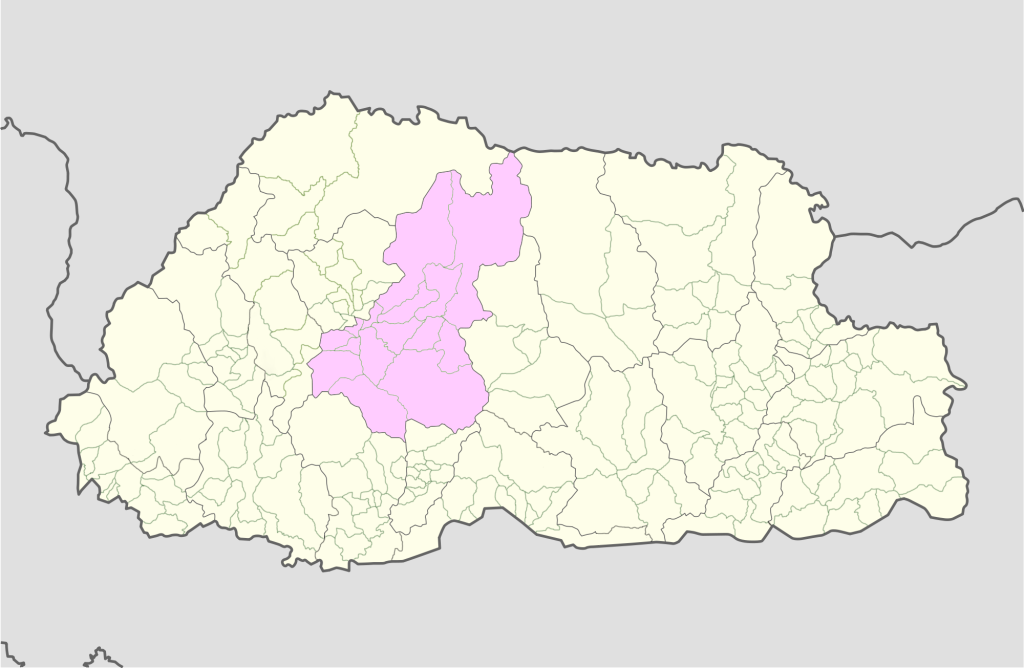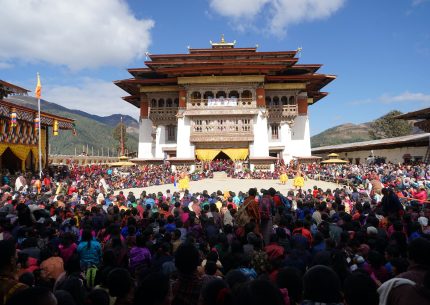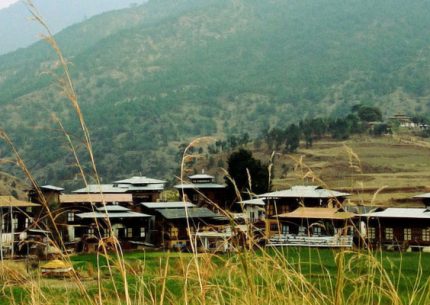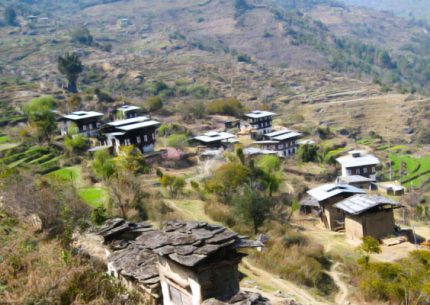
Wangdue Phodrang is a charming little laid back town located in the second largest Dzongkhag (district) of Bhutan, sharing its name with the city. Encircled by Wangchuck Centennial Park on the north, Jigme Dorji National Park on the north-west and Jigme Singye Wangchuck National Park on the south-east, it is the centerpoint of the country’s ecological and conservation works. A rustic countryside dotted with verdant meadows, mist-covered peaks and luxuriant pasturelands, it is a paradise for nature lovers and soul seekers alike.
When it comes to sightseeing, Wangdue proves to be a delight. The impressive ‘Wangdue Phodrang Dzong’, overlooking the convergence of the Dang Chhu and Punatsang Chhu rivers, sits as the town’s most important heritage site and a popular tourist attraction. The premises of the dzong is home to another must visit place in the city, the famous ‘Sha Radap Temple’, also called ‘Rada Lhakhang’. Dedicated to the guardian deity of the region, it is a shrine of great religious significance and invites both locals and tourists alike.
Those looking for some cultural exploration in Bhutan, Wangdue Phodrang is sure to leave them with an experience unmatched. ‘Rinchegang Village’, located just a few kilometers from the Wangdue Dzong, serves as the home to the country’s finest stone carvers. Stop by here for some time and witness the amazing fiesta of traditional Bhutanese masonry. And if you are someone seeking a glimpse into the Bhutanese way of life, the ‘Adha and Rakha Villages’ to the south of Wangdue town sit as rural gems of the region. Many homestays sprout through these villages and provide for a warm hospitality of the local people. Spend a night with these ever charming people, relishing on their local cuisine and listening to the folklore that permeates every aspect of the culture here.
Wangdue Phodrang is also a place that acts as a gateway to the famous ‘Phobjikha Valley’, a winter resting ground for the endangered and sacred black necked cranes. Besides the cranes, the valley is best known for its beautiful and revered shrine, ‘Gangtey Goemba’. Perched on a forested hillock, the 450 years old monastery complex today houses a central prayer hall, monk’s quarters and several meditation rooms. The monastery also serves as a ground for the popular festival every year in November. Traditional masked dances by the monks and lamas is the major highlight of the festival and leaves travellers with a spellbinding cultural extravaganza.




